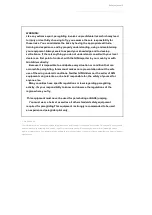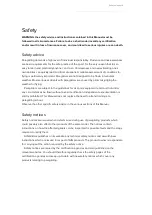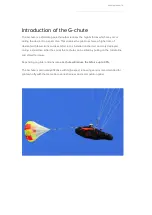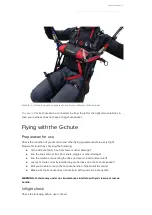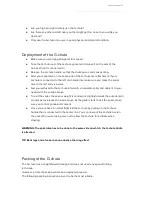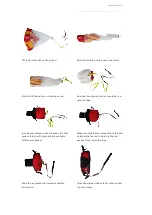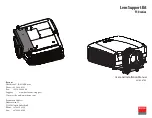
G-chute manual: 15
Be aware
●
Never deploy the G-chute if your glider is wet or if there is another risk that your
glider might go into deep stall.
●
Never make the spiral dive to the opposite side of the G-chute riser attachment.
●
Don’t deploy your G-chute in any other flight state other than trim speed in straight
and level flight.
●
Don’t use the G-chute on the final approach or landing.
Material stress
Even if the G-chute is designed to reduce the G-force, strong spiral dives can cause a lot
of stress to your gear.
GIN quality and service
We take pride in the quality of our products and are committed to putting right any
problems affecting the safety or function of your equipment and which are attributable to
manufacturing faults. Your GIN dealer is your first point of contact if you have any problems
with your equipment. If you are unable to contact your dealer or GIN importer, contact Gin
Gliders directly via our website.
Final words…
Most of us today live in a dependent society where we are regulated and protected.
Individuals rarely are afforded opportunities to develop the self-responsibility that is the
foundation of safety in extreme sports such as paragliding.
Most accidents are caused by getting into situations that are too demanding for your
level of experience. This happens if you lack fundamental understanding, are incapable of
assessing the risk or simply do not pay sufficient attention to your surroundings or your
own state of mind.
To stay safe, the best you can do is to increase your understanding, skill and experience
at a rate you can manage safely. There is no substitute for self-responsibility and good
judgement.
In the end, paragliding offers a unique opportunity to learn to take control of your own
destiny. Memento mori, carpe diem!
Fly safely, and...E N J O Y!
GIN Team


